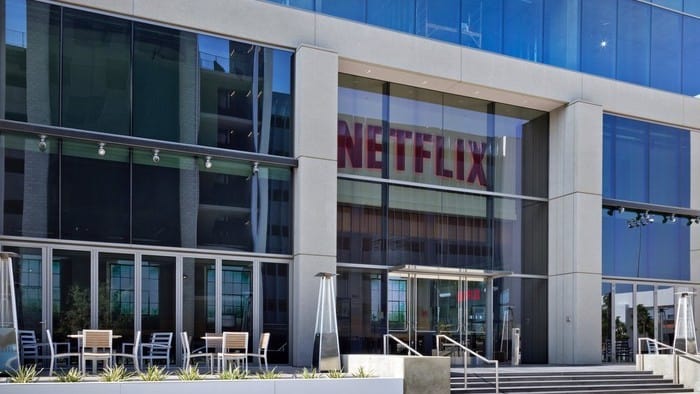This article was originally published on Fool.com. All figures quoted in US dollars unless otherwise stated.
Netflix (NASDAQ: NFLX) may be all about its original series and films, but its library can still benefit from familiar studio blockbusters. That's why it inked a deal with Sony (NYSE: SNE) to exclusively stream the studio's output starting with its 2022 film release slate. The deal also includes first-looks at Sony's direct-to-home releases and several key back catalog titles, and builds on its existing deal for Sony's animated film releases.
The opportunities to strike these deals have become few and far between as new competitors pop up and studios retain their film output. Sony may have been Netflix's only option to even the playing field.
Streaming silos
Studios used to strike first-run deals with premium cable channels like AT&T's (NYSE: T) HBO or Lionsgate's Starz. Then Netflix's streaming service came along and expanded from buying old back catalogs of films to first-run releases like the premium channels.
The licensing revenue from these deals was great for the studios. It's extremely high-margin, and some deals could help breathe new life into old releases.
But now, after significant consolidation in the media industry, nearly every major studio is associated with its own streaming service. Many media companies have their own in-house collections of films and television series that they can bring direct to the consumer with streaming with efficient costs, making it a more profitable endeavor.
|
Studios |
Parent Company |
Streaming Service |
|---|---|---|
|
Walt Disney, Marvel, Pixar, Lucasfilm |
Walt Disney (NYSE: DIS) |
Disney+ |
|
20th Century, Searchlight |
Walt Disney |
Hulu |
|
Warner Bros., DC, New Line |
AT&T |
HBO Max |
|
Paramount |
ViacomCBS |
Paramount+ |
|
Universal, Dreamworks, Illumination |
Comcast (NASDAQ: CMCSA) |
Peacock |
|
Lionsgate |
Lionsgate |
Starz |
|
MGM |
MGM |
Epix |
Table source: Author.
Sony is the only notable film studio without direct ties to a streaming service. Sony sold its ad-supported Crackle streaming service in 2019.
Comcast currently licenses Universal films to HBO Max, Illumination films to Netflix, and Dreamworks films to Hulu. However, it's considering retaining the rights for Universal and Illumination films for Peacock as negotiations for those rights come back up this year. It could also strike a non-exclusive deal that would allow it to stream its films on Peacock while licensing them to other streaming services.
If Netflix wanted access to a film studio output, Sony was its only option.
But why does Netflix want an output deal anyway?
Simply put, Sony has something Netflix can't get anywhere else.
While Netflix can make its own films, it won't have any theatrical blockbusters like Sony will. The familiarity of popular films on the streaming service can drive engagement. And with all the other studios keeping their film streaming rights for themselves, Sony is the only source for Netflix to get those kinds of films.
Moreover, Sony has some key intellectual property. Most notably, it owns the rights to the Spider-Man universe, which ties into the rest of Disney's Marvel Cinematic Universe. With the immense popularity of Disney+, retaining some Marvel fans with Sony's Spider-Man output is a nice bonus.
Sony also owns the rights to franchises including Jumanji, Ghostbusters, and The Karate Kid. The latter spawned an extremely popular series now available on Netflix, so there could be easy opportunities to increase engagement.
Netflix isn't paying too much for the deal either. Despite the fact that the deal fetched a "record-setting price tag," according to reports, the total estimated outlay for the five-year deal is between $1 billion and $2 billion. Even at the high end -- $400 million per year -- that represents a tiny percentage of Netflix's $19 billion projected content budget for 2021. It's also notably paying Sony more than $500 million per year for the rights to stream Seinfeld starting this June.
So, in the grand scheme of things, the Sony film deal presents good value for Netflix. It ought to keep subscribers engaged with the service, and engaged subscribers don't cancel.
This article was originally published on Fool.com. All figures quoted in US dollars unless otherwise stated.









